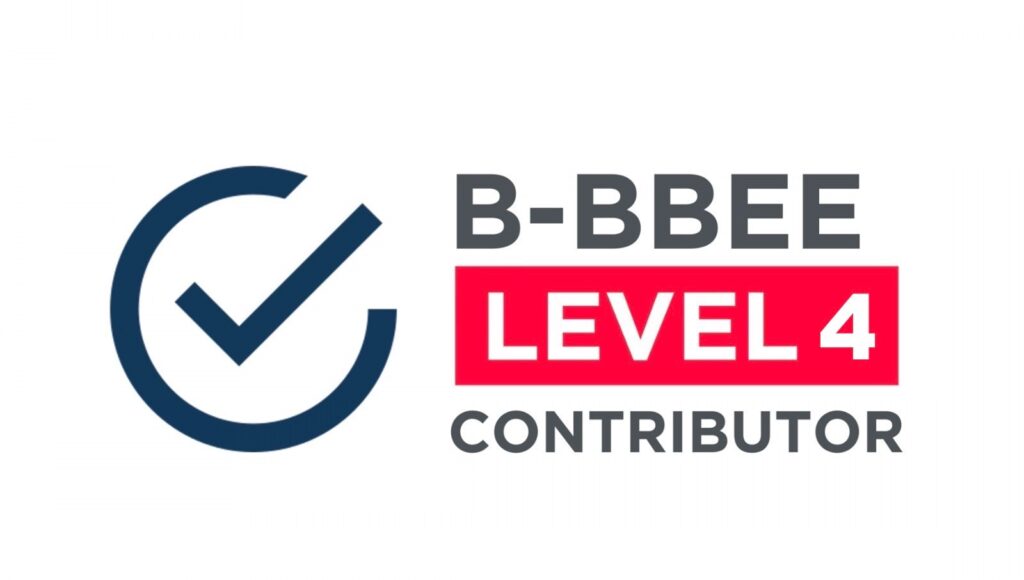As the world shifts towards renewable energy, solar power has emerged as one of the most accessible and sustainable solutions. At the heart of every solar energy system lies a critical component that often doesn’t get as much attention as the solar panels themselves: the solar inverter. This unsung hero plays a pivotal role in converting the sun’s energy into usable electricity for your home or business. In this blog, we’ll explore what solar inverters are, how they work, the different types available, and why they’re essential for maximizing the efficiency of your solar power system.
What is a Solar Inverter?
A solar inverter is a device that converts the direct current (DC) electricity generated by solar panels into alternating current (AC) electricity, which is the standard form of electricity used in homes, businesses, and the power grid. Without an inverter, the energy produced by your solar panels would be unusable for most appliances and devices.
Think of the inverter as the “translator” of your solar power system. It takes the raw energy from the sun and transforms it into a form that can power your lights, refrigerator, TV, and other electronics.
How Does a Solar Inverter Work?
Solar panels generate DC electricity when sunlight hits their photovoltaic (PV) cells. However, most household appliances and the electrical grid operate on AC electricity. Here’s a simplified breakdown of how an inverter works:
- DC Electricity Input: The solar panels send DC electricity to the inverter.
- Conversion Process: The inverter uses electronic components like transistors and capacitors to convert DC into AC.
- AC Electricity Output: The inverter sends the AC electricity to your home’s electrical panel, where it powers your appliances.
- Excess Energy: If your system produces more electricity than you need, the inverter can send the surplus back to the grid (if you’re connected to it) or to a battery storage system.
Modern inverters also come with advanced features like monitoring systems that allow you to track your energy production and consumption in real-time.
Types of Solar Inverters
Not all solar inverters are created equal. Depending on your solar setup, budget, and energy needs, you can choose from several types of inverters:
- String Inverters
- The most common and cost-effective option.
- Multiple solar panels are connected in a “string” and feed into a single inverter.
- Best suited for systems where panels are exposed to consistent sunlight without shading.
- Microinverters
- Installed on each individual solar panel.
- Converts DC to AC at the panel level, maximizing efficiency, especially in shaded or complex roof layouts.
- More expensive but offers better performance and monitoring for each panel.
- Power Optimizers + Central Inverter
- A hybrid solution where power optimizers are attached to each panel, and a central inverter handles the conversion.
- Combines the benefits of string inverters and microinverters, offering improved efficiency and flexibility.
- Hybrid Inverters (Battery-Based Inverters)
- Designed for systems with battery storage.
- Can manage energy flow between solar panels, batteries, and the grid.
- Ideal for homeowners looking to maximize energy independence or prepare for power outages.
- Grid-Tied vs. Off-Grid Inverters
- Grid-Tied Inverters: Synchronize with the utility grid, allowing you to feed excess energy back and potentially earn credits.
- Off-Grid Inverters: Designed for standalone systems, often paired with batteries for energy storage.
Why Are Solar Inverters So Important?
- Energy Conversion: Without an inverter, the DC electricity from your solar panels would be useless for most applications.
- System Efficiency: High-quality inverters ensure minimal energy loss during the conversion process, maximizing your system’s output.
- Monitoring and Control: Many inverters come with built-in monitoring systems, allowing you to track performance and identify issues quickly.
- Safety: Inverters include safety features like automatic shutdown in case of grid failure or system faults.
- Grid Interaction: For grid-tied systems, inverters ensure that the electricity you send back to the grid is synchronized and safe.
Choosing the Right Inverter for Your Solar System
When selecting a solar inverter, consider the following factors:
- System Size: Larger systems may require more robust inverters.
- Shading and Panel Orientation: If your panels are prone to shading, microinverters or power optimizers may be a better choice.
- Budget: String inverters are more affordable, while microinverters offer higher efficiency at a higher cost.
- Future-Proofing: If you plan to add battery storage or expand your system, a hybrid inverter might be the best option.

The Future of Solar Inverters
As solar technology continues to evolve, so do inverters. Innovations like smart inverters are paving the way for more intelligent energy management. These devices can communicate with the grid, adjust output based on demand, and even provide backup power during outages. Additionally, advancements in artificial intelligence (AI) and machine learning are enabling inverters to optimize energy production and consumption in real-time.
Conclusion
Solar inverters may not be as visible as solar panels, but they are just as important. They are the backbone of any solar power system, ensuring that the energy you generate is usable, efficient, and safe. Whether you’re installing a new solar system or upgrading an existing one, choosing the right inverter can make all the difference in maximizing your investment and harnessing the full potential of the sun.
By understanding the role and types of solar inverters, you’re one step closer to making informed decisions about your renewable energy journey. So, the next time you flip on a light switch powered by solar energy, take a moment to appreciate the humble inverter working tirelessly behind the scenes.
Ready to Go Solar?
If you’re considering solar power for your home or business, consult with a reputable solar installer to determine the best inverter and system setup for your needs. The sun is shining—let’s make the most of it!



